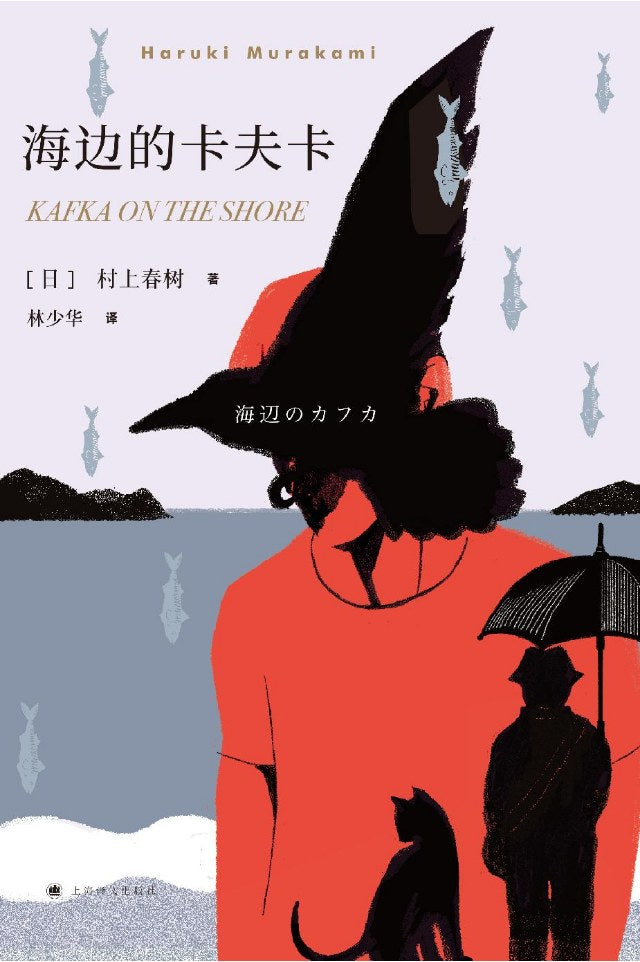WULOLIFE
《海边的卡夫卡》作者: [日] 村上春树 出版社: 上海译文出版社 原作名: 海辺のカフカ
《海边的卡夫卡》作者: [日] 村上春树 出版社: 上海译文出版社 原作名: 海辺のカフカ
Couldn't load pickup availability
Description
内容简介 · · · · · ·
小说的主人公是一位自称名叫田村卡夫卡——交代其真名——的少年。他在十五岁生日前夜独自离家出走,乘坐夜行长途巴士远赴四国。出走的原因是为了逃避父亲所作的比俄底浦斯王还要可怕的预言:尔将弑父,将与尔母、尔姐交合。卡夫卡四岁时,母亲突然失踪,带走了比卡夫卡年长四岁、其实是田村家养女的姐姐,不知何他从未见过母亲的照片,甚至连名他偶然来到某私立图书馆,遂栖身于此。馆长佐伯女士是位四十多岁气质高雅的美妇,卡夫卡疑心她是自己的生母,佐伯却对此不置可否。卡夫卡恋上了佐伯,并与之发生肉体关系。小说还另设一条副线,副线的主角是老人中田,他在二战期间读小学时,次神秘的昏甚至不会认字计数,却获得了与猫对话的神秘能力。中田在神智失控的情况下杀死了一个自称焦尼·沃卡(Johnny Walker)、打扮得酷似那著名威士忌酒商标上所画的英国绅士的狂人,一路搭车也来到此地。小说共分49章,奇数章基本上用写实手法讲述卡夫卡的故事,用魔幻手法展现中田的奇遇。两种手法交互使用,编织出极富强烈虚构色彩的、奇幻诡诘的现代寓言。佐伯是将这两个故事联结为一体的结合点,而弑父的预言似乎最终也未能避免,因为狂人焦尼 ·是卡夫卡生父乔装改扮的,真正的凶手也并非中田……
作者简介 · · · · · ·
村上春树(1949- ),日本小说家。曾在早稻田大学文学部戏剧科就读。1979年,他的第一部小说《听风之歌》问世后,即被搬上了银幕。随后,他的优秀作品《1973年的弹子球》、《寻羊冒险记》、《挪威的森林》等相继发表。他的创作不受传统拘束,构思新奇,行文潇洒面更有特色,他没有把这种情绪写成负的东西,而是通过内心的心智性操作使之升华为一种优雅的格调,一种乐在其中的境界,以此来为读者,尤其是生活在城市里的人们提供了一种生活模式或生命的体验。
